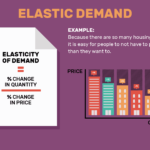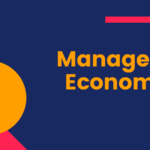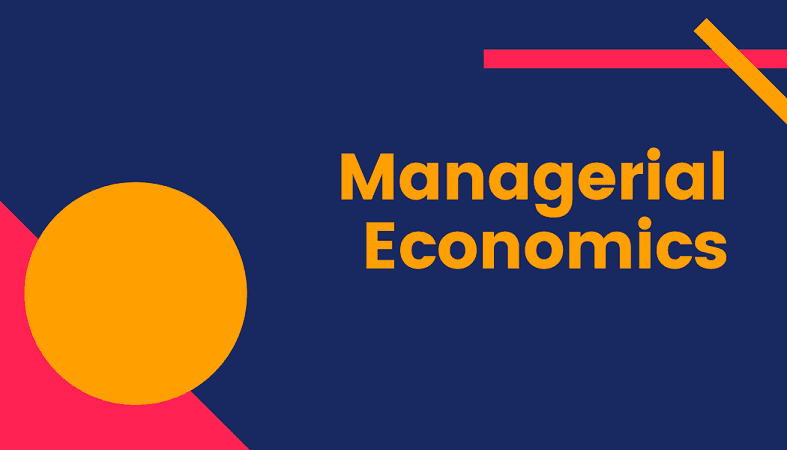Exploring Monetary Policy: Definition, Tools, and Economic Impact
Monetary policy is a fundamental tool used by central banks to control money supply, manage inflation, and stabilize a country’s economy. By adjusting interest rates, regulating credit, and other financial measures, central banks guide economic growth, employment levels, and price stability. This article delves into the essence of monetary policy, its objectives, and how it impacts economies worldwide.
What is Monetary Policy?
Monetary policy refers to the actions taken by a central bank, such as the Federal Reserve in the United States or the European Central Bank in the EU, to regulate the nation’s money supply and interest rates. The ultimate goal is to maintain price stability, manage inflation, and support economic growth. There are two primary types of monetary policy: expansionary and contractionary.
- Expansionary Monetary Policy: Used to stimulate the economy, often during a recession or economic slowdown. This policy increases the money supply by lowering interest rates, encouraging borrowing and spending.
- Contractionary Monetary Policy: Implemented to curb inflation during periods of economic boom. By raising interest rates, it reduces money circulation, limiting excessive spending and helping to control inflation.
Objectives of Monetary Policy:
Monetary policy serves several crucial objectives, which vary depending on the economic context:
- Price Stability: Central banks aim to prevent excessive inflation or deflation, both of which can harm economic growth and purchasing power. By controlling money supply and interest rates, they strive to maintain stable prices.
- Full Employment: In many countries, achieving full employment is a core goal. Expansionary policies that promote lending and investment can help reduce unemployment, boosting job opportunities and supporting economic stability.
- Economic Growth: Central banks support sustainable growth by ensuring favorable conditions for investment and spending. This involves managing interest rates to balance growth without igniting inflationary pressures.
- Currency Stability: Some central banks also aim to stabilize exchange rates to maintain currency value. Stable exchange rates are essential for international trade and investment, as they reduce uncertainty and risk.
- Financial Market Stability: Central banks monitor and stabilize financial markets to prevent crises. This includes setting standards for credit and overseeing financial institutions, minimizing systemic risk to the economy.
Tools of Monetary Policy:
Central banks employ various tools to implement monetary policy, each with distinct mechanisms and effects:
- Interest Rates:
- Policy Interest Rate: Central banks set the policy interest rate (also known as the discount rate or base rate), which influences the cost of borrowing across the economy. Lowering rates encourages borrowing and spending, while raising them curtails excessive demand.
- Open Market Operations (OMO): This involves buying and selling government securities to adjust the money supply. By purchasing securities, the central bank injects money into the economy, lowering interest rates. Selling securities has the opposite effect, reducing the money supply and raising rates.
- Reserve Requirements:
- Central banks set reserve requirements for commercial banks, dictating the minimum amount of funds they must hold in reserve rather than lend out. Lowering the requirement frees up funds for lending, increasing money supply, while raising it restricts lending capacity and reduces money in circulation.
- Quantitative Easing (QE):
- In times of economic crisis, central banks may buy long-term securities such as bonds to lower interest rates on longer-term loans, supporting spending and investment. This unconventional tool is often used when traditional tools, like lowering policy rates, are not sufficient to stimulate growth.
- Forward Guidance:
- By communicating future policy intentions, central banks can influence financial market expectations. For instance, signaling a commitment to keep interest rates low can encourage spending and investment, boosting economic activity.
How Monetary Policy Works:
Monetary policy affects the economy through what is known as the transmission mechanism. Here’s how it typically works:
- Interest Rate Changes: Changes in policy rates influence borrowing and lending costs for businesses and individuals. Lower interest rates reduce loan costs, encouraging spending and investment, while higher rates discourage borrowing and slow down economic activity.
- Exchange Rates: Lower interest rates can lead to a depreciation of the national currency, making exports cheaper and boosting demand for domestic goods. Conversely, higher interest rates can strengthen the currency, reducing export demand.
- Investment and Consumption: Lower rates make it cheaper for businesses to invest in new projects and for consumers to finance big purchases like homes and cars. This stimulates aggregate demand and can spur economic growth.
- Inflation and Employment: By controlling demand, monetary policy helps maintain an optimal balance of growth and inflation. Expansionary policy can reduce unemployment during recessions, while contractionary policy helps control inflation during boom periods.
Challenges and Limitations of Monetary Policy:
While monetary policy is powerful, it has limitations and challenges:
- Time Lags: Changes in monetary policy take time to impact the economy, often creating a delay between policy actions and observable effects. Immediate economic issues can be challenging to address because of these lags.
- Liquidity Traps: In a liquidity trap, interest rates are near zero, limiting the effectiveness of further rate cuts. At this point, people may prefer to hold cash rather than invest, reducing the impact of monetary policy.
- Global Economic Factors: In an interconnected world, international trade and investment flows influence domestic economies, limiting the effectiveness of a country’s monetary policy. Exchange rates and international investor behavior can dampen policy impact.
- Impact on Income Distribution: Monetary policy can have indirect effects on income inequality. For instance, low-interest rates can boost asset prices, benefitting asset holders more than wage earners, which can widen income gaps.
- Political Pressures: Although central banks are generally independent, political pressure can influence policy decisions, especially in times of economic distress. Governments may push for favorable policies that align with their agendas, affecting policy integrity.
Historical Examples of Monetary Policy in Action:
- The Great Depression (1930s):
- During the Great Depression, central banks implemented contractionary policies, which, in retrospect, worsened the economic downturn. This period highlighted the importance of effective policy responses during recessions.
- Global Financial Crisis (2008):
- In response to the 2008 crisis, the Federal Reserve, European Central Bank, and others reduced interest rates and implemented quantitative easing to stimulate economies. This action helped restore growth and stabilize financial markets.
- COVID-19 Pandemic (2020):
- Central banks worldwide, including the Federal Reserve, rapidly reduced interest rates and expanded QE programs to provide liquidity and support economies during pandemic disruptions.
Conclusion:
Monetary policy is an essential tool for managing economies, addressing issues like inflation, employment, and economic stability. Central banks adjust interest rates, influence the money supply, and employ tools like QE to stabilize economies and encourage growth. However, monetary policy.











Somebody essentially help to make significantly articles Id state This is the first time I frequented your web page and up to now I surprised with the research you made to make this actual post incredible Fantastic job